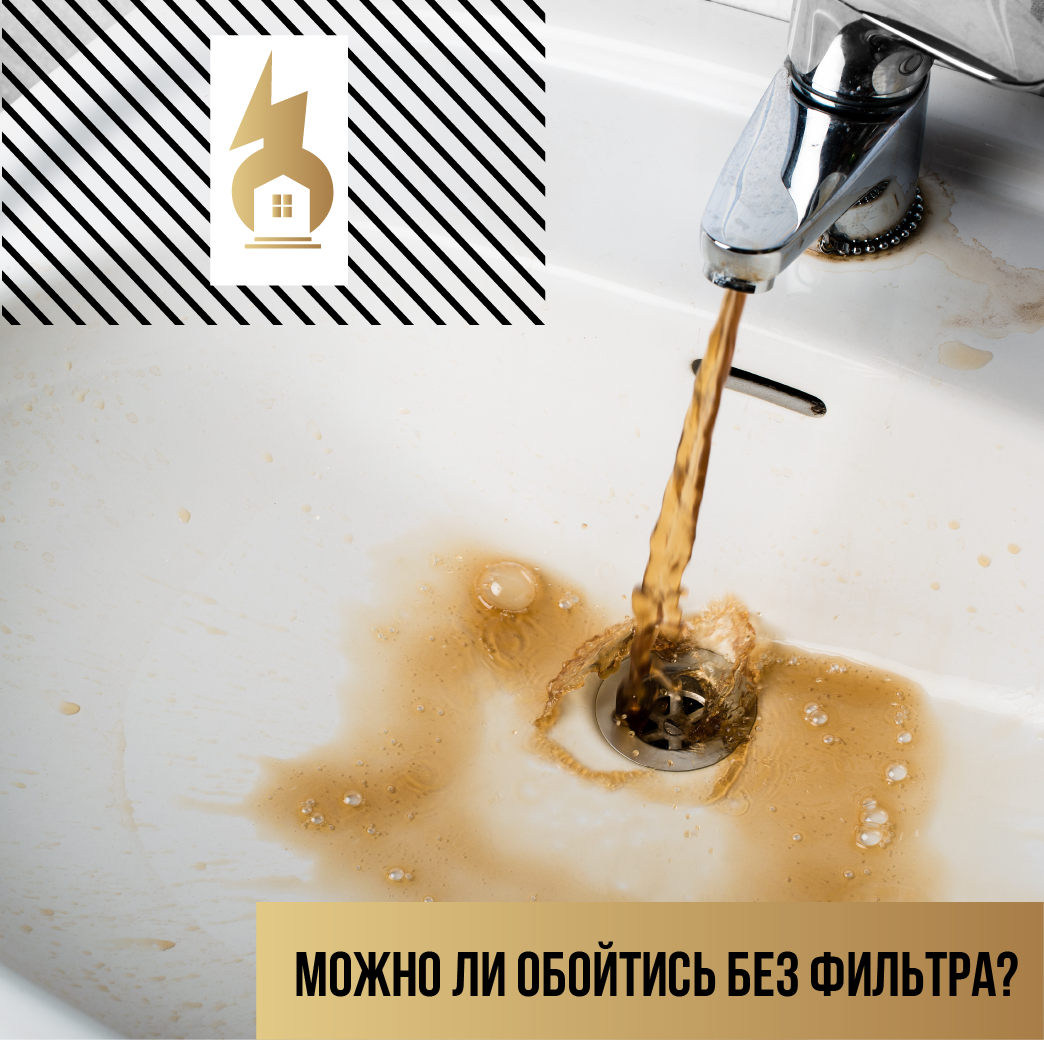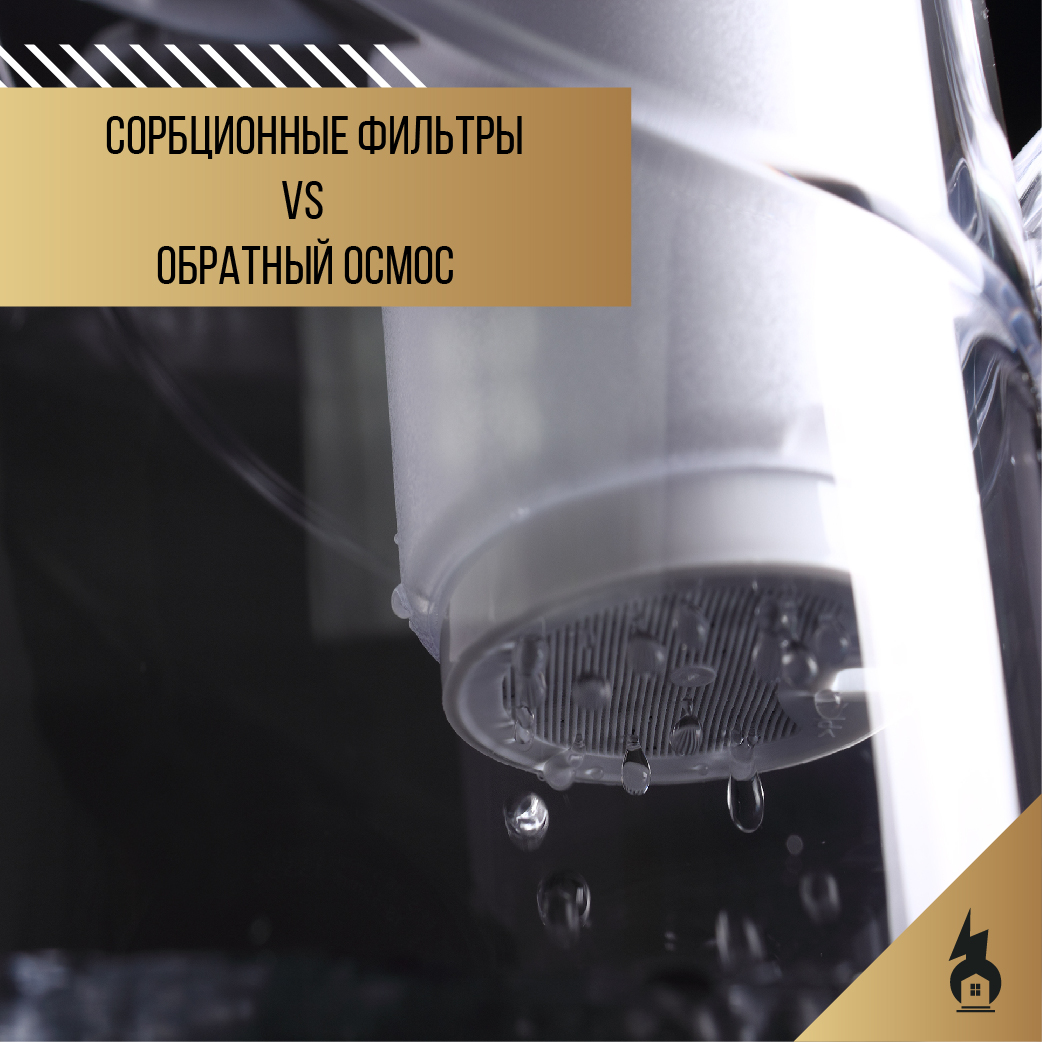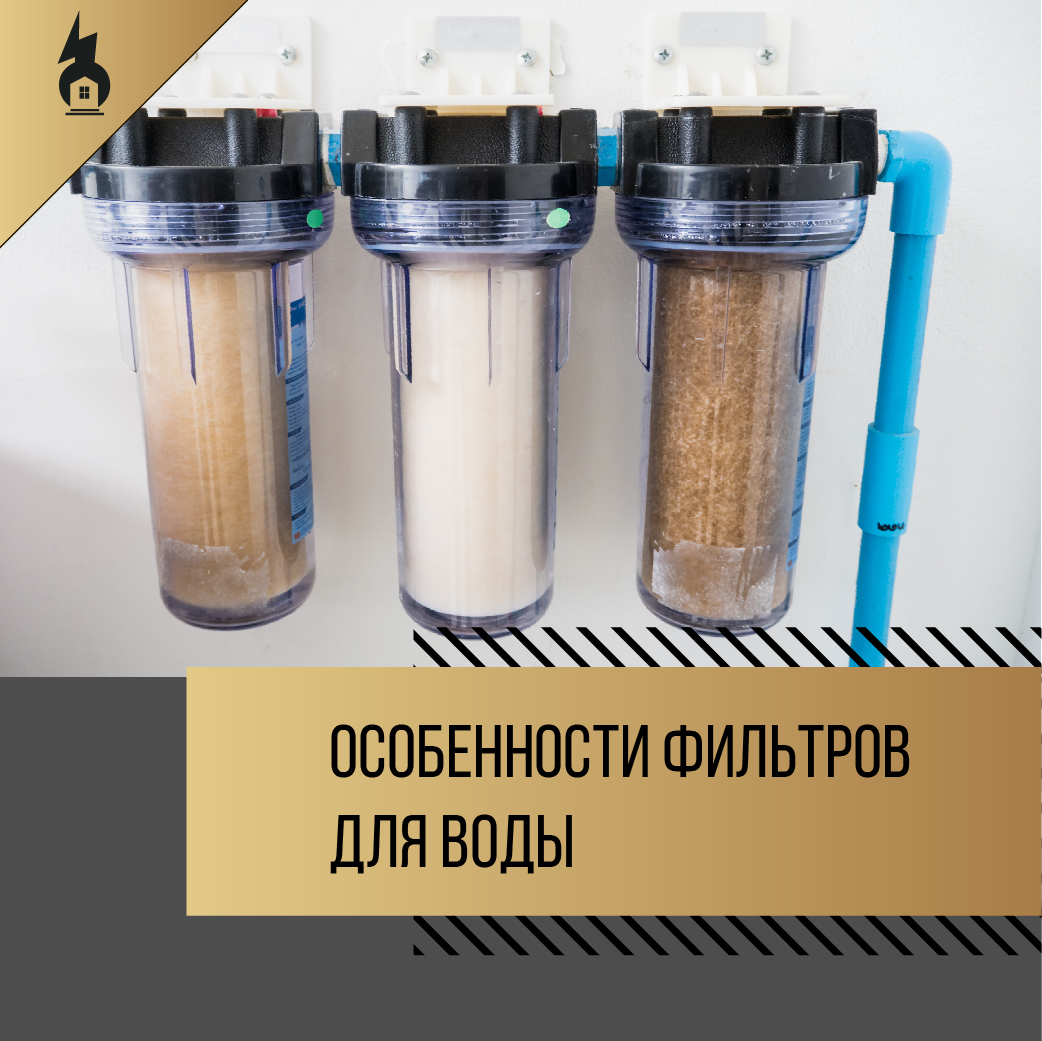Some people generally doubt the appropriateness of installing a filter: since water for drinking or cooking from your well is not suitable, it is better to take it in stores, from a spring, and bring it from friends. It will be more reliable and cheaper. ⠀
⠀
⠀
⚠ Cheap filters will not clean the salt, and expensive filters will ruin, and it’s not a fact that they will normally clean. And the coefficient of their cleaning decreases every day until the next cartridge is replaced or the cleaning ingredients are refilled. ⠀
⠀
🗣 But, as our expert says, salts from water are completely removed and it is not necessary, they are necessary for our body. It is necessary to remove harmful and toxic substances, and the filter copes with this task perfectly if: ⠀
⠀
▪ choose it correctly; ⠀
▪ regularly replace cartridges (the cost of the kit is 100% in any case lower than the cost of the corresponding volume of bottled water). ⠀
⠀
The springs are affected by all the problems of the wells; they may contain various non-specific contaminants that cannot be detected with the naked eye. ⠀
⠀
🌊 If you regularly visit the spring, we recommend that you first take the analysis from it to the laboratory, and check at least 15 parameters. Most important: microbiology and organics, hardness, iron, manganese, nitrates, fluorides. In our experience, MPCs for nitrates are exceeded in more than 60% of springs, and in regions with active agricultural activity - by 100% .⠀
⠀ ☝ Conclusions: ⠀
⠀
So, when choosing a filter for washing, it is important that it is suitable specifically for your water. Therefore, first of all, you need to do an analysis, and then look at exactly what flaws need to be addressed.
⠀
➖ bad smell and color of water ⠀
➖ scum ⠀
➖ metallic taste and “rusty water” ⠀
➖ bacteria ⠀
⠀
Each problem is solved by a specific filter. ⠀
⠀
👍 It is also important that the name of the manufacturer is known - this means that he cares about his reputation, and the filter design is reliable and extremely easy to use.




 By clicking the "Leave a request" button, you consent to the processing of your personal data and agree to our privacy policy.
By clicking the "Leave a request" button, you consent to the processing of your personal data and agree to our privacy policy.